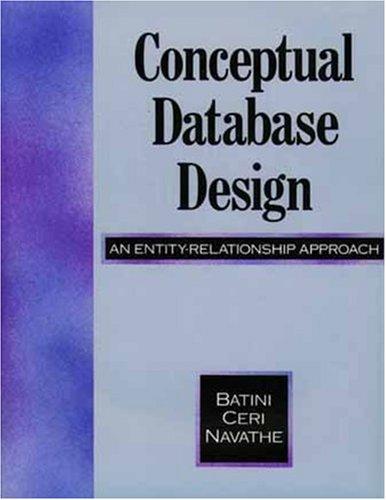
Binary Addition [5pts In this problem, you will implement a recurrent neural network which implements binary addition. The inputs are given as binary sequences, starting with the least significant binary digit. (It is easier to start from the least significant bit, just like how you did addition in grade school.) The sequences will be padded with at least one zero on the end. For instance, the problem would be represented as: Input 1: 1. 1. 1, 0, 0, 1, 0 Input 2: 0, 1. 0, 0, 1, 1, 0 orrect output: 1, 0, 0, 1, 1, 0, 1 There are two input units corresponding to the two inputs, and one output unit. Therefore, the pattern of inputs and outputs for this example would be: 0 0 0 Design the weights and biases for an RNN which has two input units, three hidden units, and one output unit, which implements binary addition. All of the units use the hard threshold activation function. In particular, specify weight matrices U, V, and W, bias vector bh, and scalar bias by for the following architecture: Hint: In the grade school algorithm, you add up the values in each column, including the carry. Have one of your hidden units activate if the sum is at least 1, the second one if it is at least 2, and the third one if it is 3 Binary Addition [5pts In this problem, you will implement a recurrent neural network which implements binary addition. The inputs are given as binary sequences, starting with the least significant binary digit. (It is easier to start from the least significant bit, just like how you did addition in grade school.) The sequences will be padded with at least one zero on the end. For instance, the problem would be represented as: Input 1: 1. 1. 1, 0, 0, 1, 0 Input 2: 0, 1. 0, 0, 1, 1, 0 orrect output: 1, 0, 0, 1, 1, 0, 1 There are two input units corresponding to the two inputs, and one output unit. Therefore, the pattern of inputs and outputs for this example would be: 0 0 0 Design the weights and biases for an RNN which has two input units, three hidden units, and one output unit, which implements binary addition. All of the units use the hard threshold activation function. In particular, specify weight matrices U, V, and W, bias vector bh, and scalar bias by for the following architecture: Hint: In the grade school algorithm, you add up the values in each column, including the carry. Have one of your hidden units activate if the sum is at least 1, the second one if it is at least 2, and the third one if it is 3







